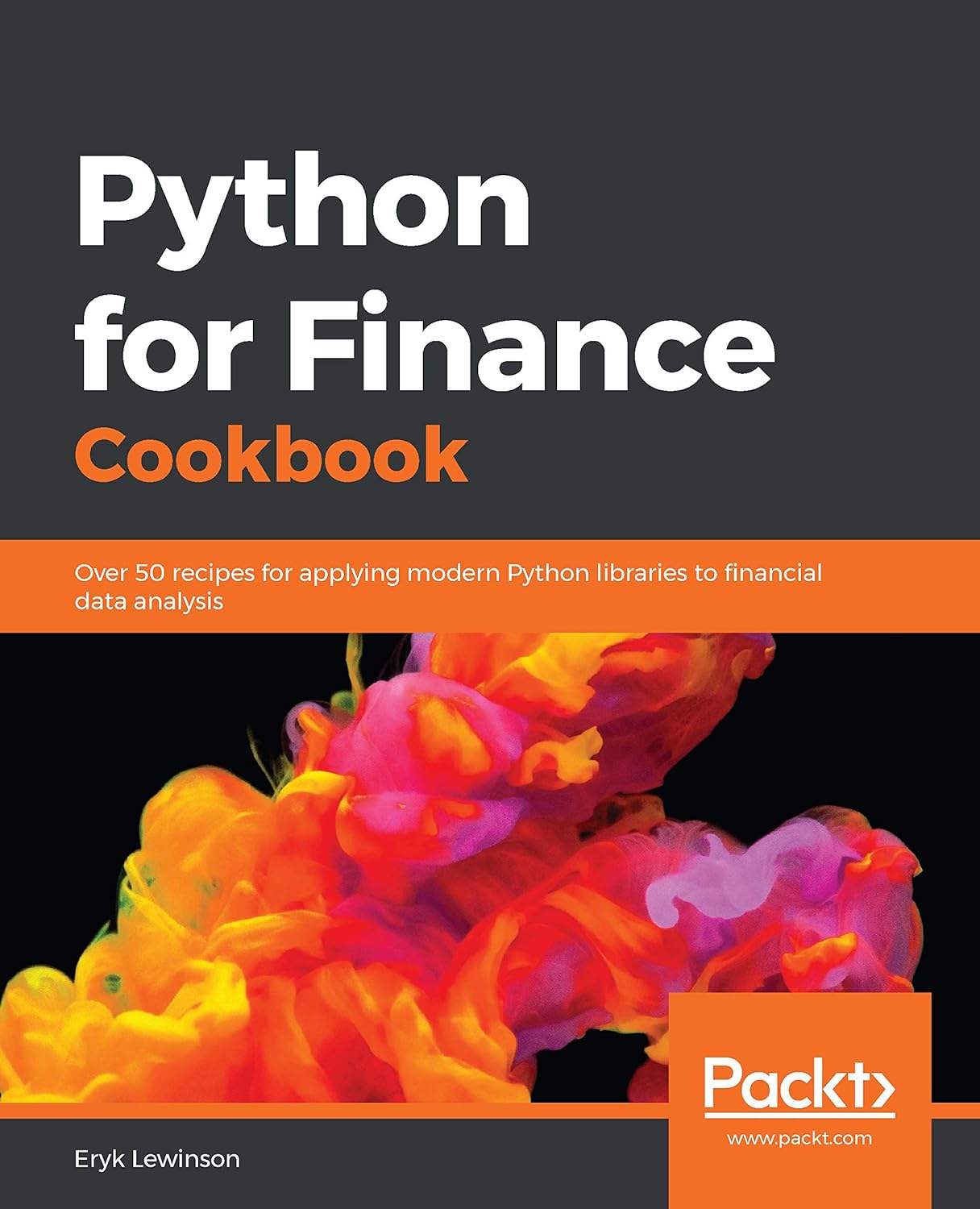What you'll learn
Explain the Agile project management approach and philosophy, including values and principles.
Discuss the pillars of Scrum and how they support Scrum values.
Describe the five important Scrum events and how to set up each event for a Scrum team.
Explain how to coach an Agile team and help them overcome challenges.





.jpg)


.jpg)






%20(Computer%20Programming).jpg)
















.png)
.png)


.png)
.png)
.png)



















.png)
.png)
.png)
.png)
.png)






